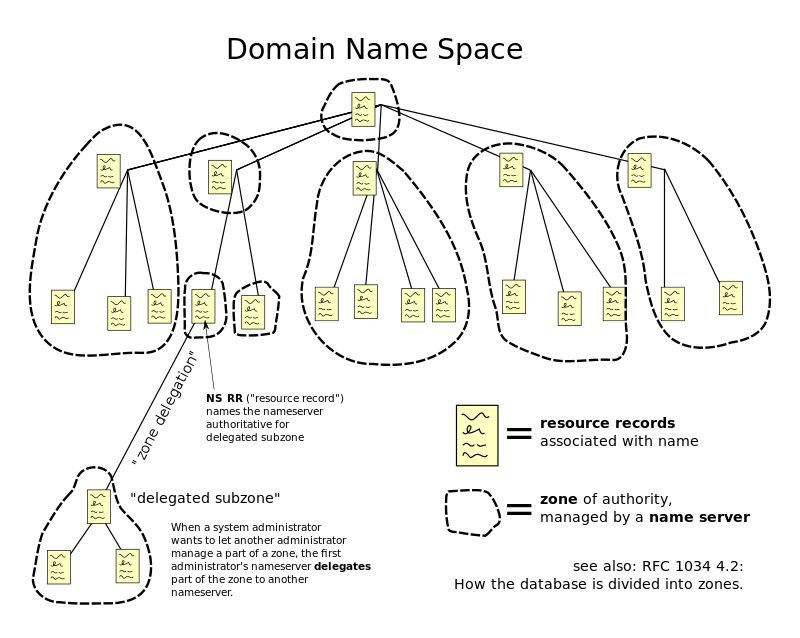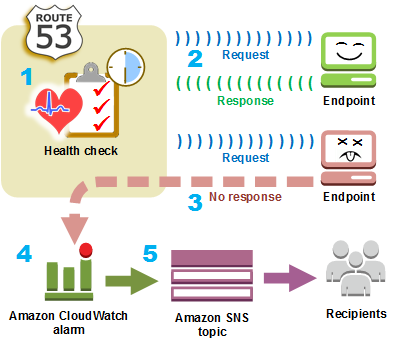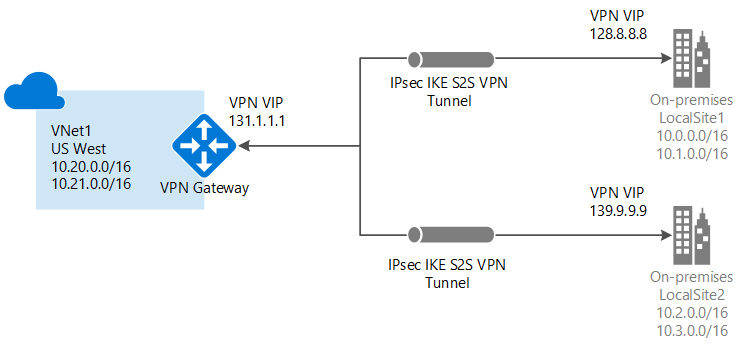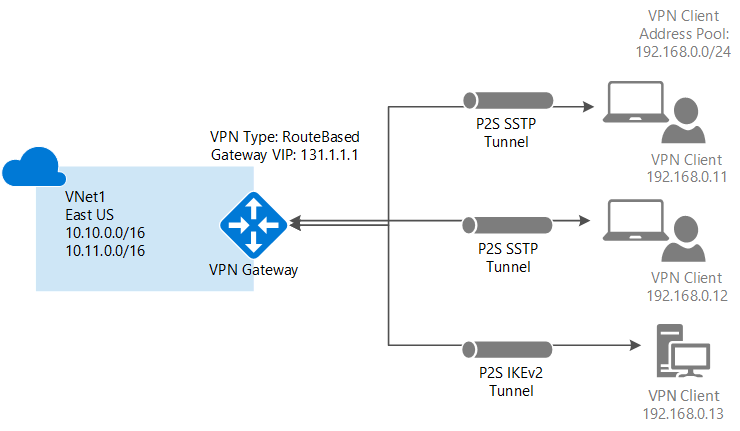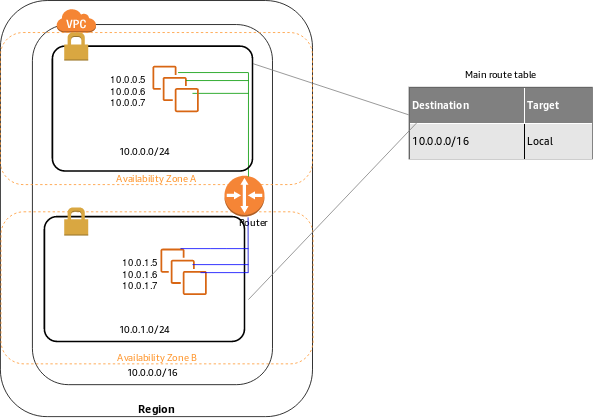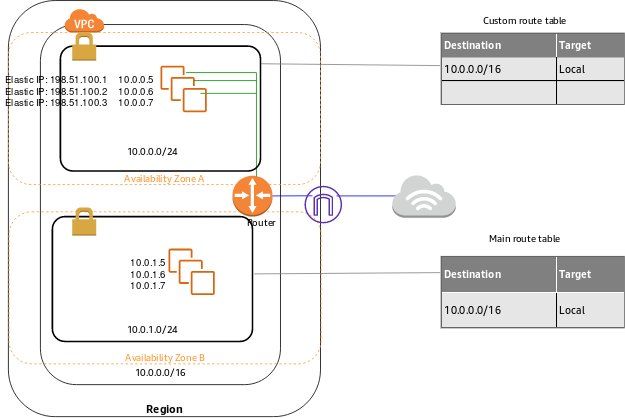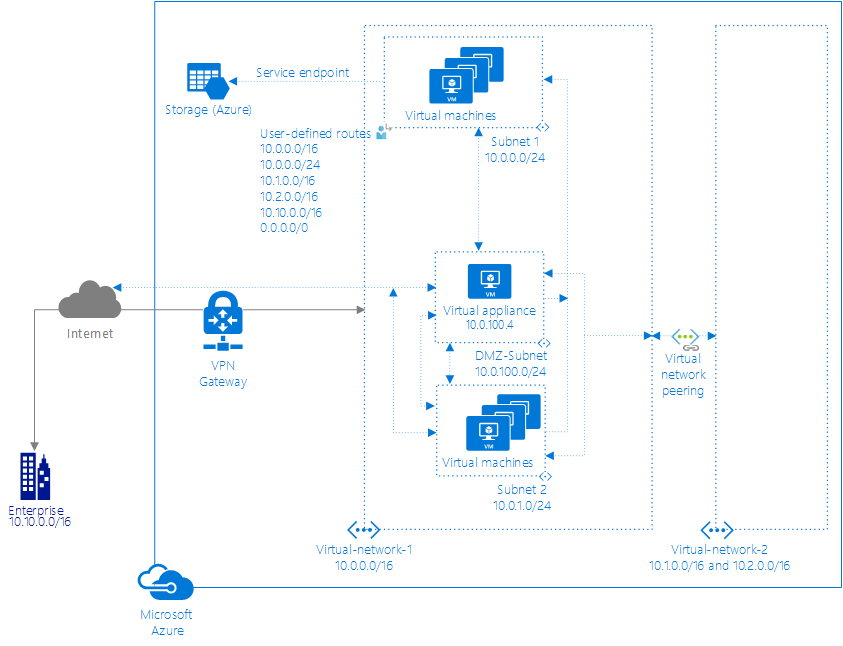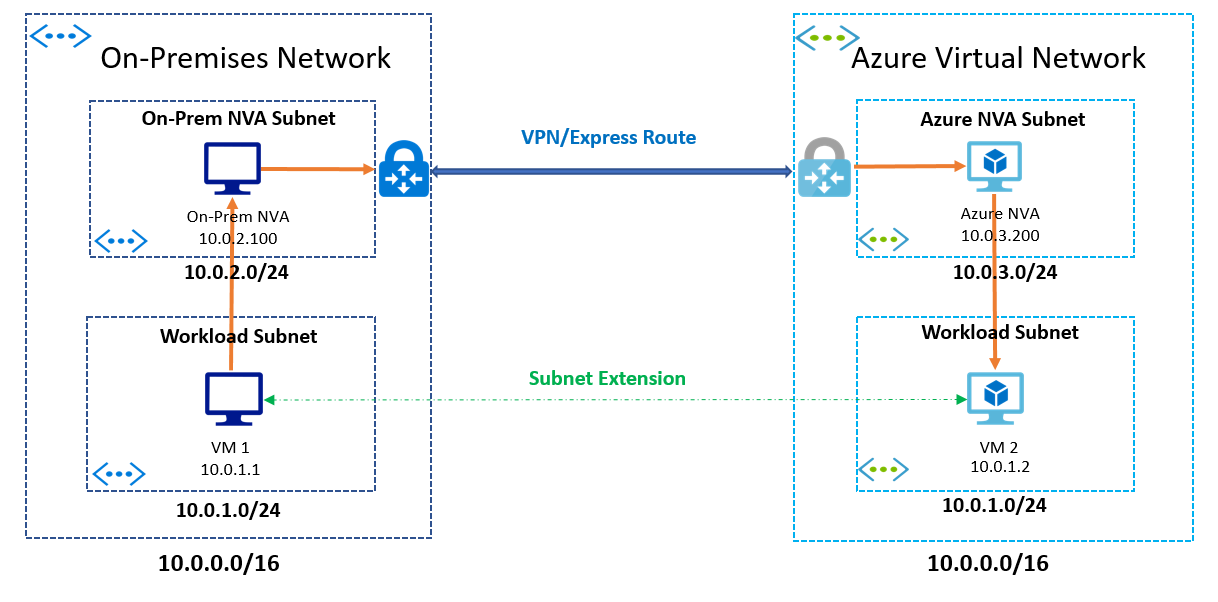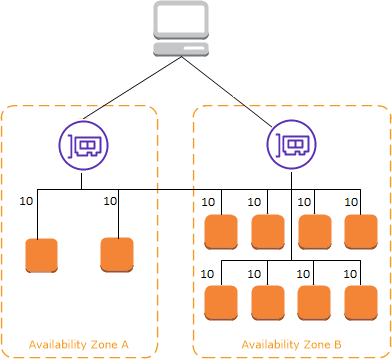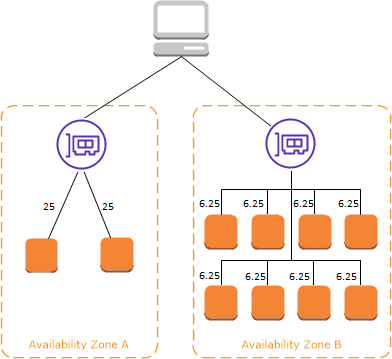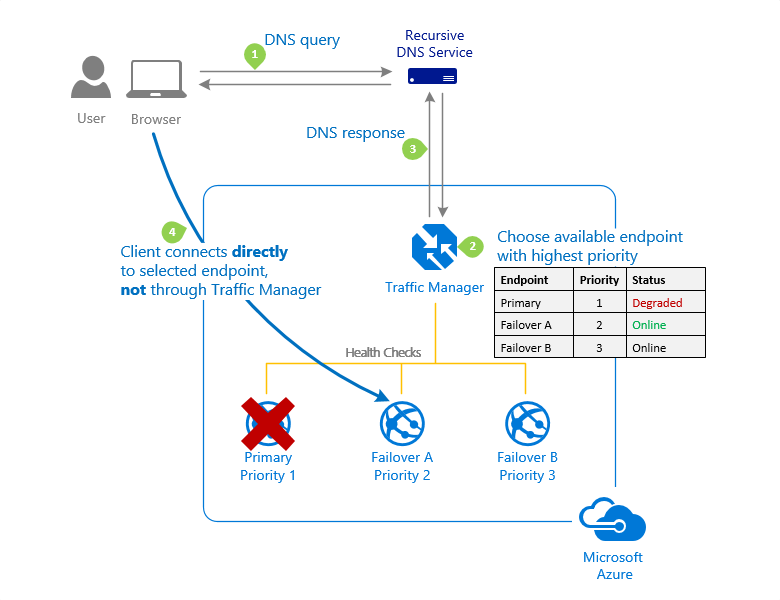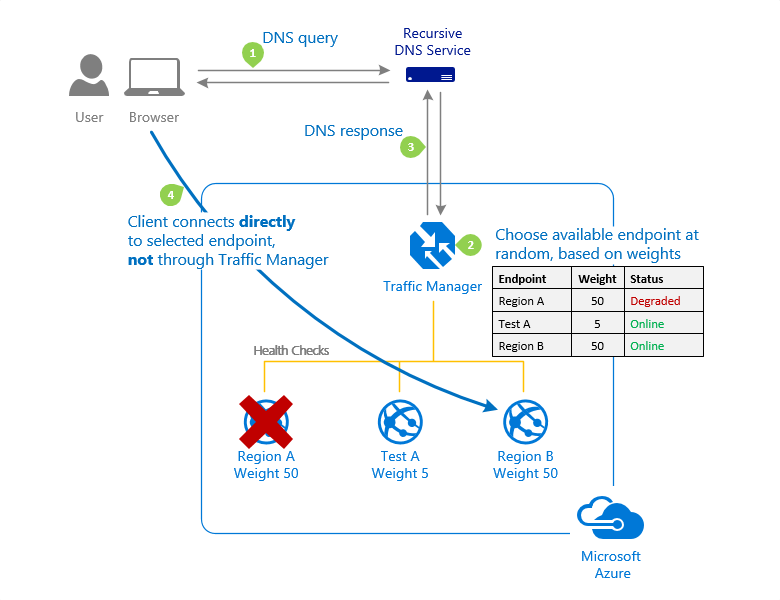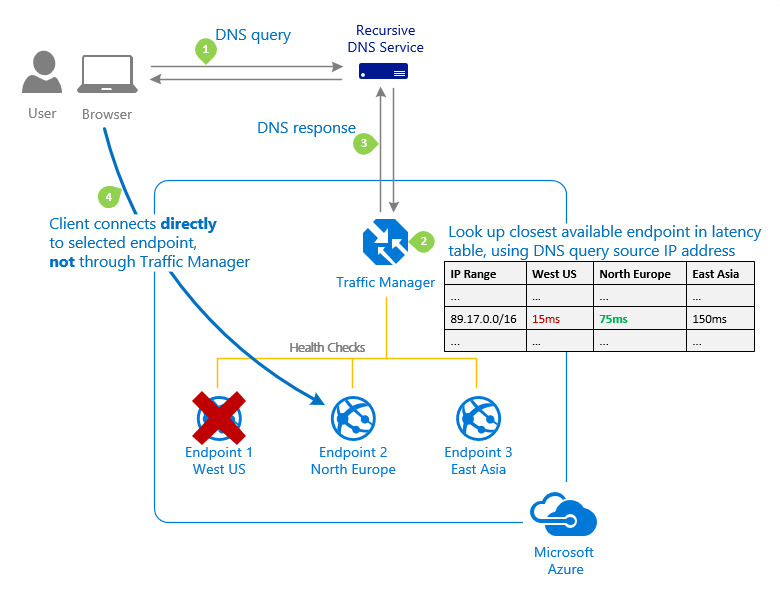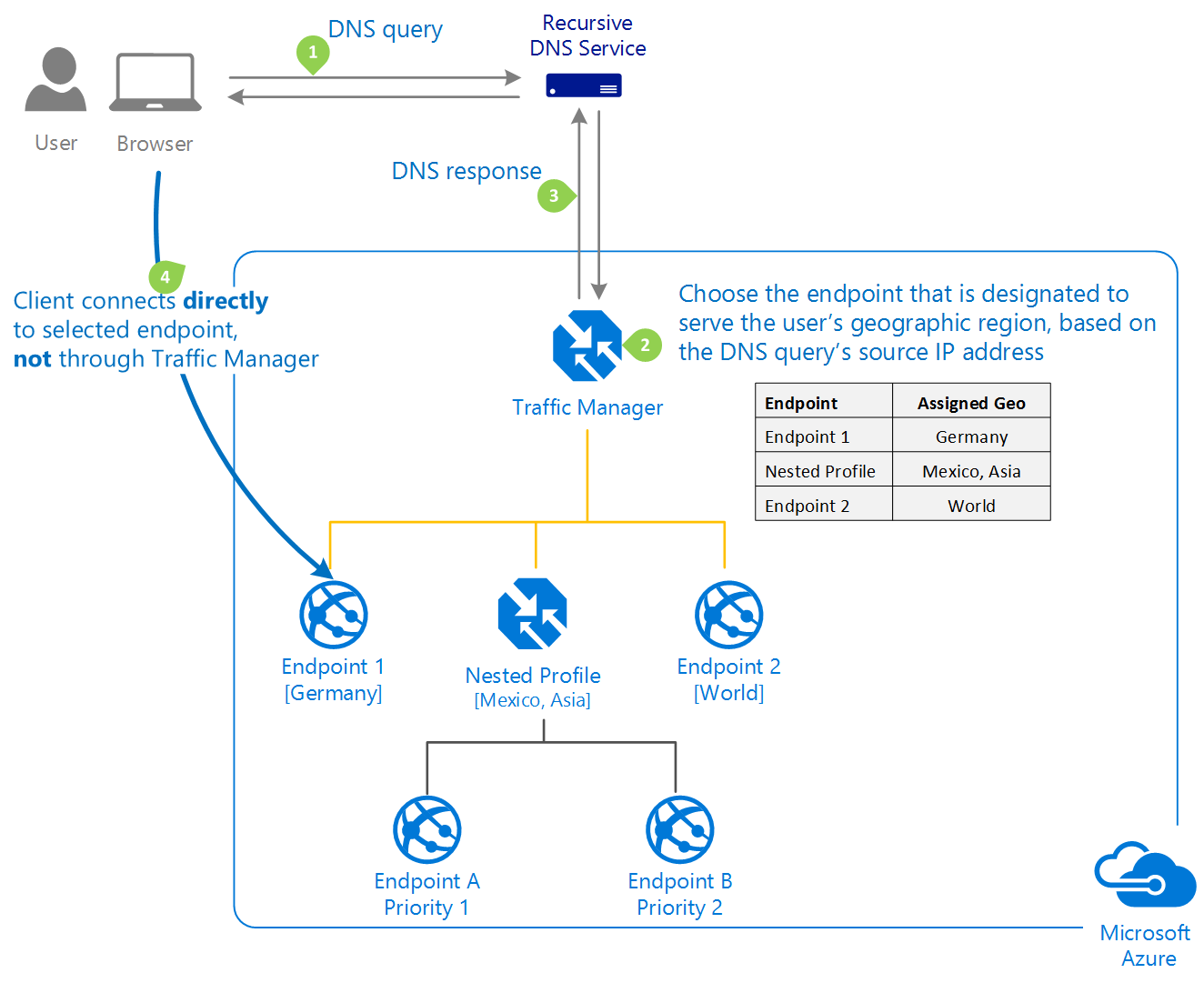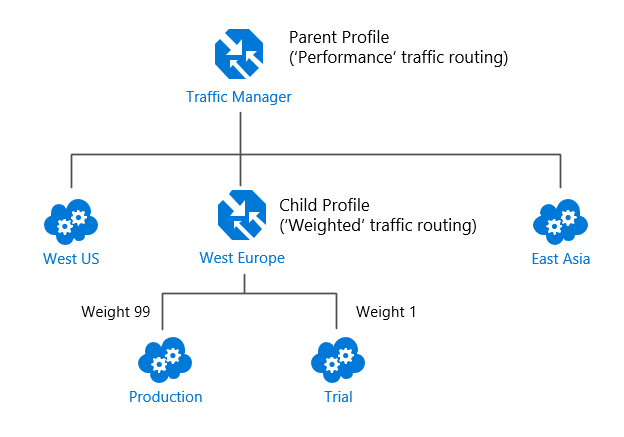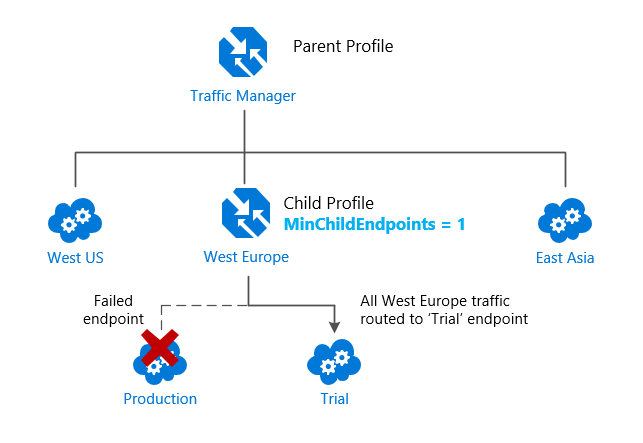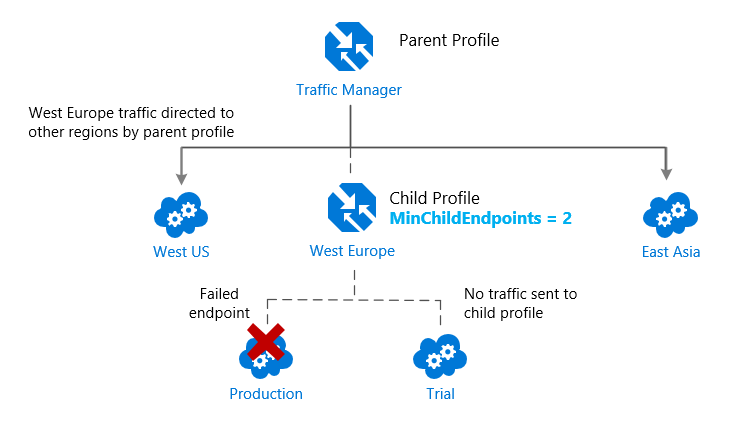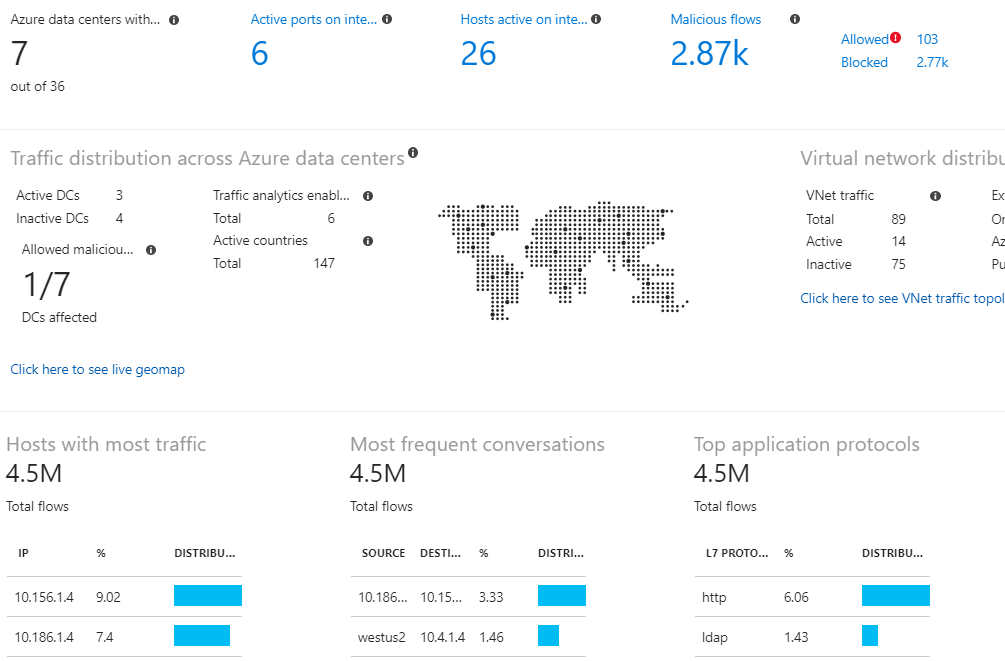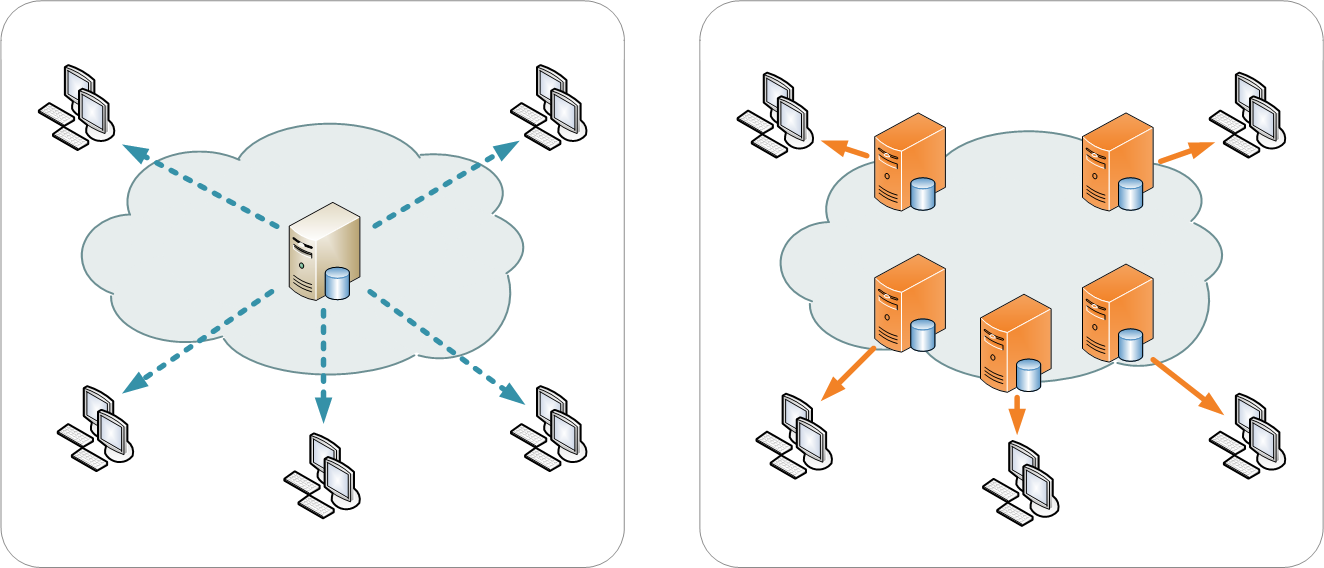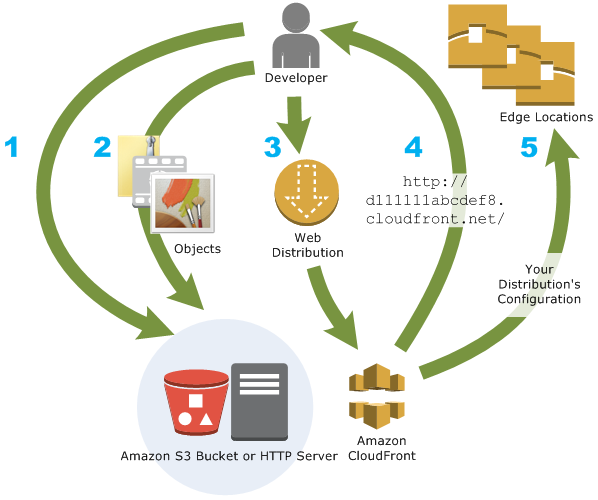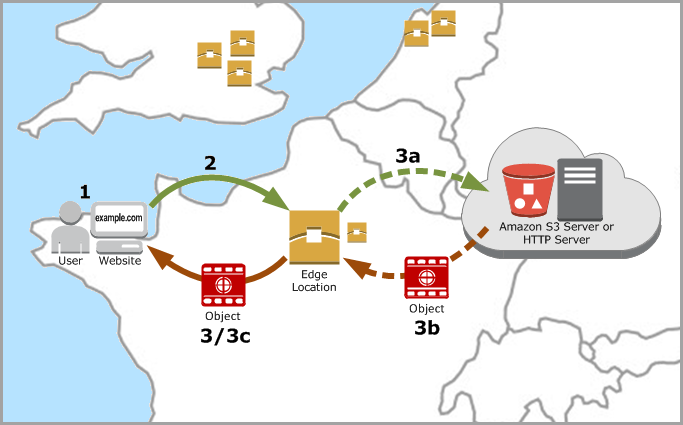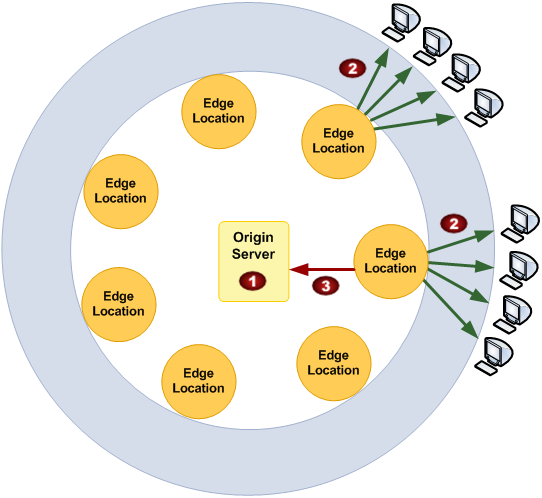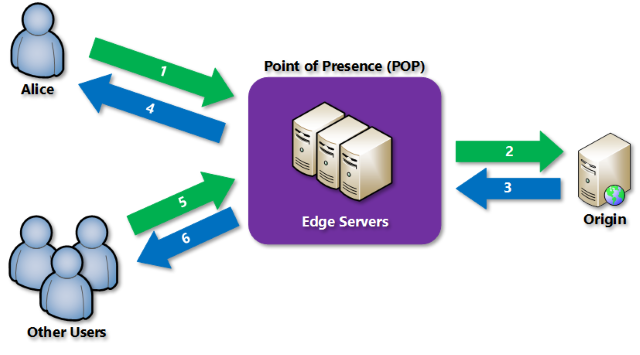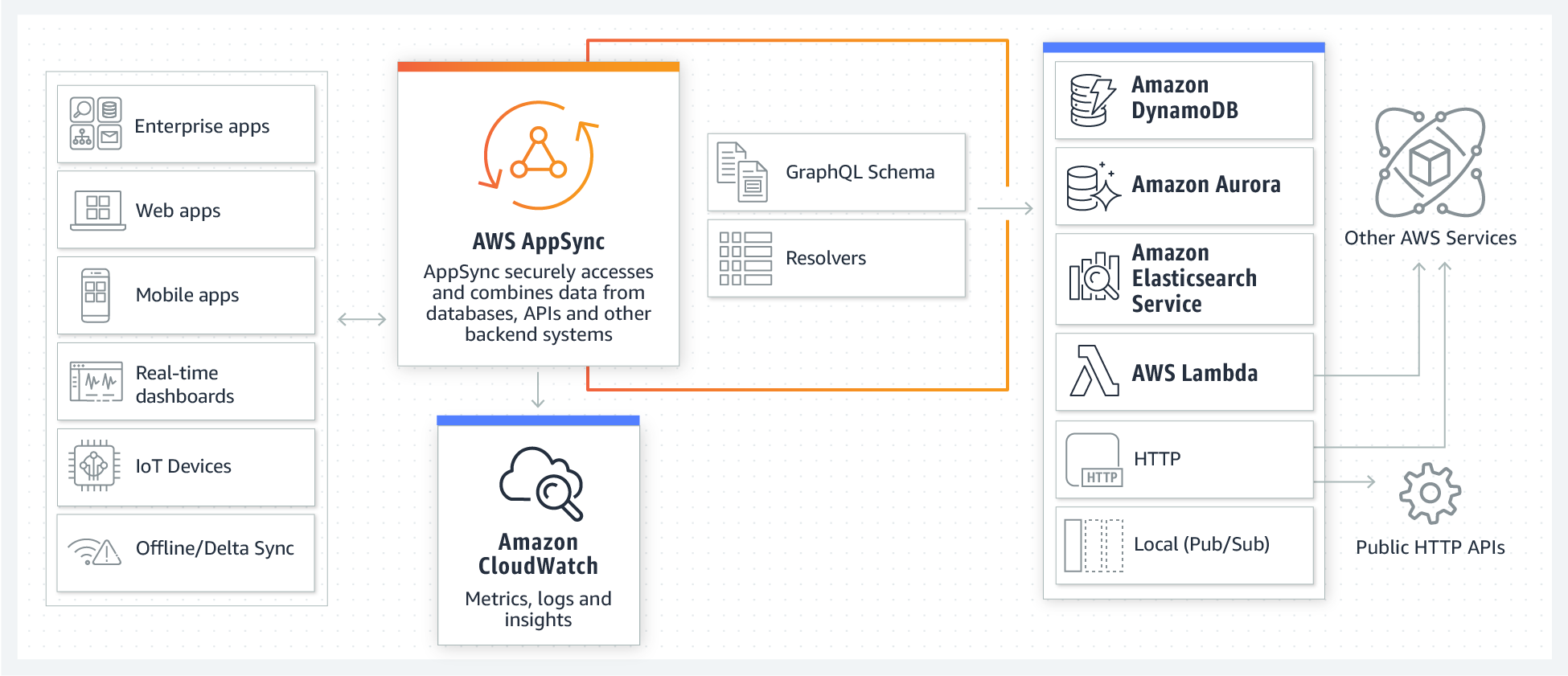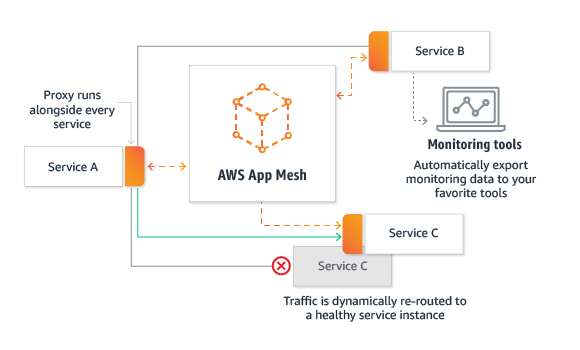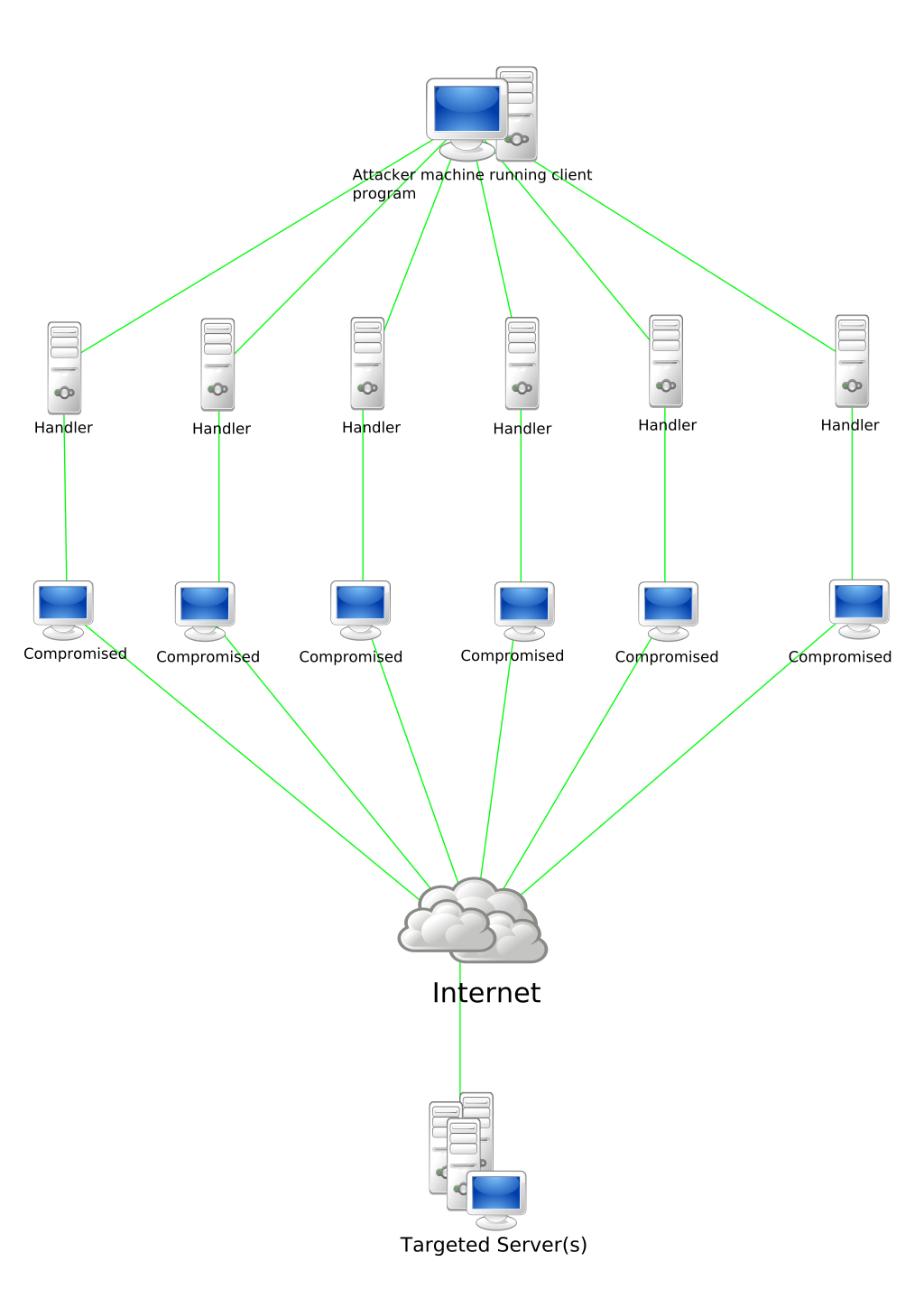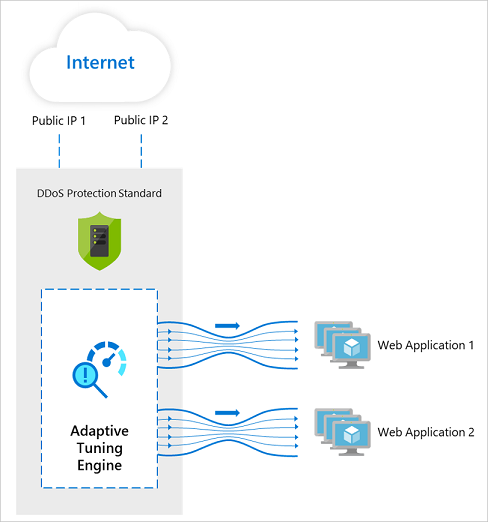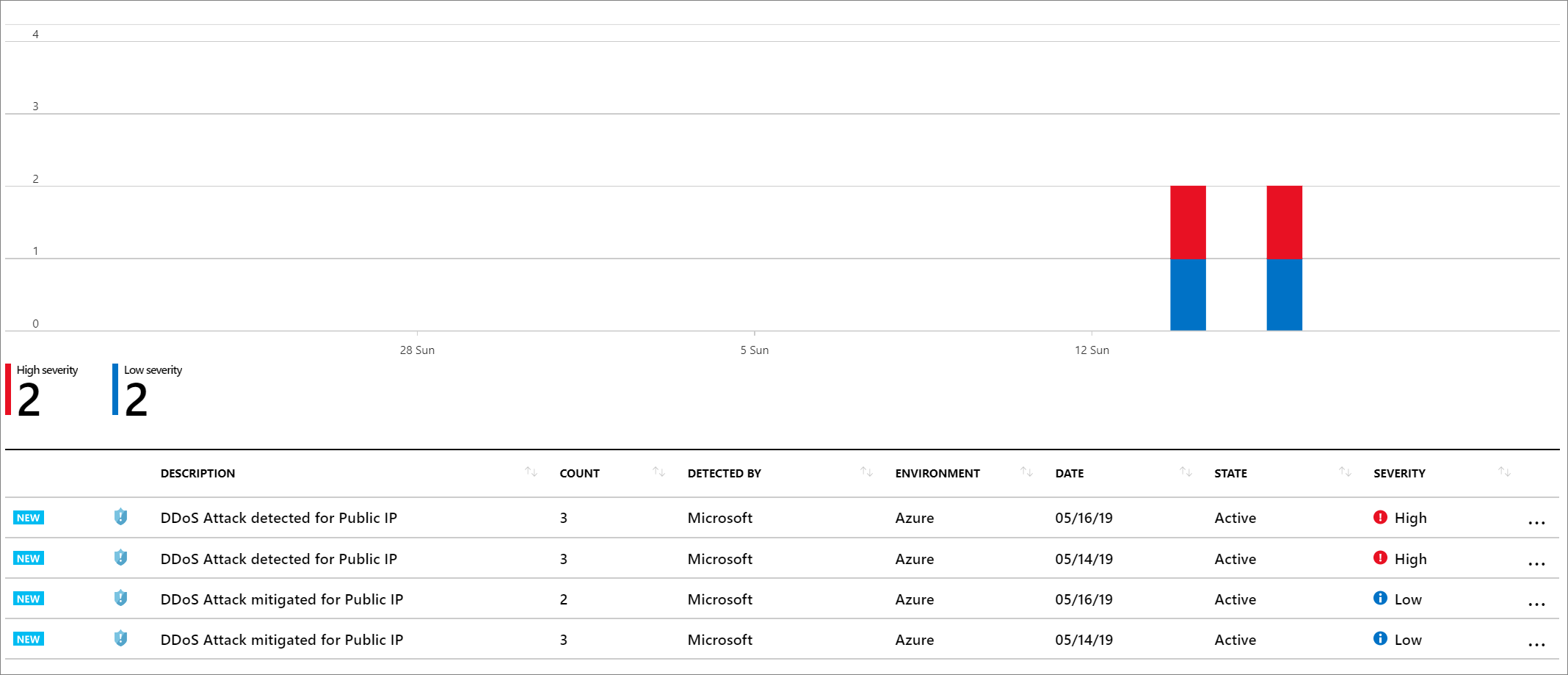-
[AWS] Route 53
A reliable and cost-effective way to route end users to Internet applications.
-
[Google Cloud] DNS
Reliable, resilient, low-latency DNS serving from Google's worldwide network.
-
[Azure] DNS
A hosting service for DNS domains that provides name resolution by using Microsoft Azure infrastructure.
-
[AWS] VPN
Establish a secure and private encrypted tunnel from your network or device to the AWS global network.
-
[Google Cloud] VPN
Connect your on-premises or other public cloud networks to your Google VPC securely over the internet through IPsec VPN.
-
[Azure] VPN Gateway
Connects your on-premises networks to Azure through Site-to-Site VPNs in a similar way that you set up and connect to a remote branch office.
-
[AWS] Direct Connect (DX)
Establish dedicated connections from on-premises to AWS.
-
[Google Cloud] Interconnect
10 Gbps to 100 Gbps pipes to connect directly to a Google location.
-
[Azure] ExpressRoute
Create private connections between Azure datacenters and infrastructure on your premises or in a colocation environment. ExpressRoute connections don't go over the public Internet.
-
[AWS] Virtual Private Clouds (VPC)
Provision a logically isolated section of the AWS cloud where you can launch AWS resources in a virtual network that you define.
-
Google Virtual Private Cloud (VPC)
Managed networking functionality for your Google Cloud resources.
-
[Azure] Virtual Network
Your private network in the cloud.
-
[AWS] Elastic Load Balancing
Achieve fault tolerance for any application by ensuring scalability, performance, and security.
-
[Google Cloud] Load Balancing
High performance, scalable load balancing on Google Cloud Platform.
-
[Azure] Load Balancer
Deliver high availability and network performance to your applications.
-
[AWS] Transit Gateway
Connect thousands of Amazon VPCs in a region and your on-premises networks with a single gateway.
-
[AWS] Global Accelerator
Improve global application availability and performance using the AWS global network.
-
[Google Cloud] Network Service Tiers
Optimize your network for performance or cost.
-
[Azure] Traffic Manager
Route incoming traffic for high performance and availability.
-
[Google Cloud] Network Intelligence Center
Comprehensive network monitoring, verification, and optimization.
-
[Azure] Network Watcher
Network performance monitoring and diagnostics solution.
-
[Azure] Internet Analyzer
Test how networking infrastructure changes will impact your customers’ performance.
-
[AWS] CloudFront
Fast, highly secure and programmable content delivery network (CDN).
-
[Google Cloud] CDN
Fast, reliable web and video content delivery with global scale and reach.
-
[Azure] Content Delivery Network
Secure and reliable global content delivery and acceleration.
-
[AWS] API Gateway
Create, maintain, and secure APIs at any scale.
-
[AWS] AppSync
Power your applications with the right data, from one or more data sources, at global scale.
-
[Google Cloud] Endpoints
Develop, deploy, and manage APIs on any Google Cloud back end.
-
[Azure] API Management
Hybrid, multi-cloud management platform for APIs across all environments.
-
[AWS] Cloud Map
Service discovery for cloud resources.
-
[Google Cloud] Service Discovery
A single place to publish, discover, and connect services.
-
[AWS] Shield
Managed DDoS protection.
-
[Google Cloud] Armor
Protect your services against denial of service and web attacks.
-
[Azure] DDoS Protection
Protect your Azure resources from Distributed Denial of Service (DDoS) attacks.
-
[AWS] Firewall Manager
Centrally configure and manage firewall rules across accounts and applications.
-
[Google Cloud] Firewall
Let you allow or deny traffic to and from your virtual machine (VM) instances based on a configuration that you specify.
-
[Azure] Firewall
A managed, cloud-based network security service that protects Azure Virtual Network resources.
-
[AWS] Web Application Firewall (Amazon WAF)
Protect your web applications from common web exploits.
-
[Google Cloud] Armour WAF
Protect your services against web attacks.
-
[Azure] Web Application Firewall
A cloud-native web application firewall (WAF) service that provides powerful protection for web apps
